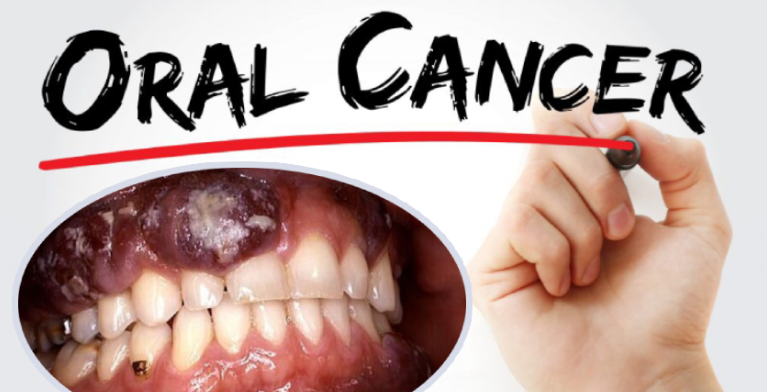Learn about the types, symptoms, treatments, and causes of oral cancer.
The National Cancer Institute estimates that 53,000 Americans will receive a diagnosis of oral cancer, also known as mouth cancer, in 2019. Oral cavity cancer and oropharyngeal cancer are the two main forms of oral cancer that will claim the lives of approximately 11,000 people.
The NCI’s Surveillance, Epidemiology, and End Results Program estimates that 65% of patients with oral cancer will live for at least five years. This illness affects over 370,000 people in the United States.
Also read-Lung Cancer : A Patient’s Guide To Lung Cancer And Its Symptoms

Given all the functions of the mouth, oral cancer has far-reaching effects on health. It may be difficult to chew, swallow, eat, drink, or speak. Pain is frequently a serious issue. To restore these functions, patients might need extensive rehabilitation in addition to nutritional support, which might involve feeding tubes. Reconstructive surgery might be required, for example, if oral cancer spreads to the jawbone.
According to Dr. Wesley Hicks Jr., chairman of the head and neck/plastic and reconstructive surgery department at Roswell Park Comprehensive Cancer Center in Buffalo, New York, “no patient with a head or neck malignancy takes that journey by themselves.” “It requires a team of health care professionals to manage what can often be a difficult path.”
Types of oral cancer
The majority of oral cancers begin in the squamous cells that line your mouth and throat, and so they are classified as squamous cell carcinoma. Squamous cells are flat, thin cells located in tissues that form the outer layer of the skin’s surface. They are also found in the linings of various organs and bodily systems, including the respiratory tract.
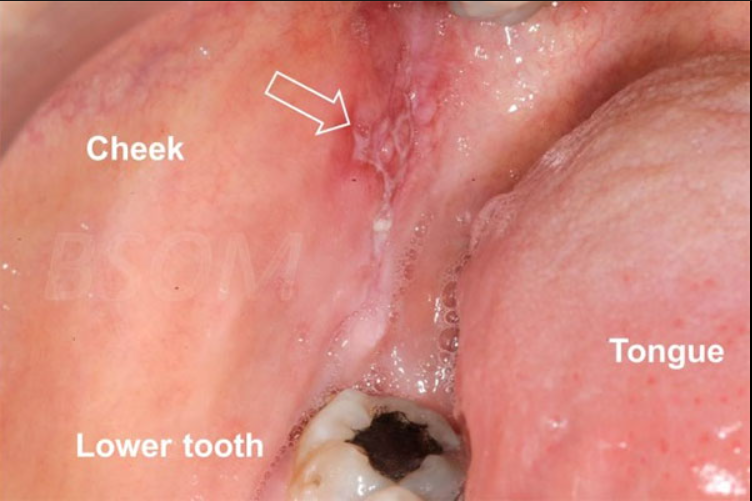
Oral cavity cancer and oropharyngeal cancer are related, but important variations exist between them. “Those are two different entities, oftentimes treated in two different ways,” says Hicks, who is also a professor at the Jacobs School of Medicine and Biomedical Sciences at the University of Buffalo.
Causes
Oral cavity cancer is primarily caused by tobacco use, including chewing tobacco and cigarettes. Risk is also increased by binge drinking. Dr. Jeffrey Myers, chair of the department of head and neck surgery and professor at the University of Texas MD Anderson Cancer Center in Houston, states that while alcohol and tobacco use have historically been linked to cancers in the oropharynx as well as the oral cavity, the former is more common.
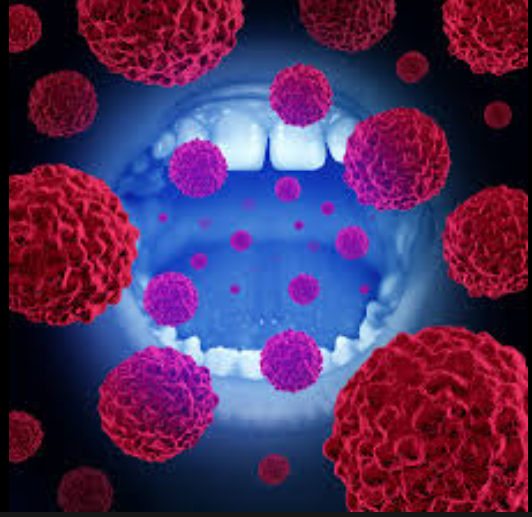
Human papillomavirus, or HPV, is now more frequently linked to oropharyngeal cancer, which develops as tumors in the tonsils or base of the tongue. “The human papillomavirus is transmitted through oral sex,” Myers explains. “And we’re seeing this huge increase in the number of oropharyngeal cancers, particularly in men, but we do see them in all genders.”
Debbie Saslow, managing director of HPV and GYN cancers at the American Cancer Society, estimates that approximately 70% of oropharyngeal cases are the result of HPV infection. That’s one of the main reasons why public health professionals strongly advise against getting the HPV vaccine, which prevents six different types of cancer, including oropharyngeal cancer, as well as genital warts. (It is believed that giving the HPV vaccine to boys and girls beginning at age 11 is most effective.)
However, the same carcinogens that cause oral cavity cancer—tobacco and alcohol—are also responsible for a significant proportion of oropharynx cancer cases, Hicks points out.
The demographics are starting to shift. “We’re seeing a slight decrease in age in the oropharynx cancers,” Myers says. “While overall, as tobacco use gets legislated in public places and with anti-smoking campaigns, we’re seeing a decrease in tobacco-associated cancers like oral cancer and larynx cancer.”
Oropharyngeal cancers related to HPV infection are rising in both men and women, according to the American Cancer Society.
Symptoms
Depending on the type, the following symptoms can be possible indications of oral cancer:
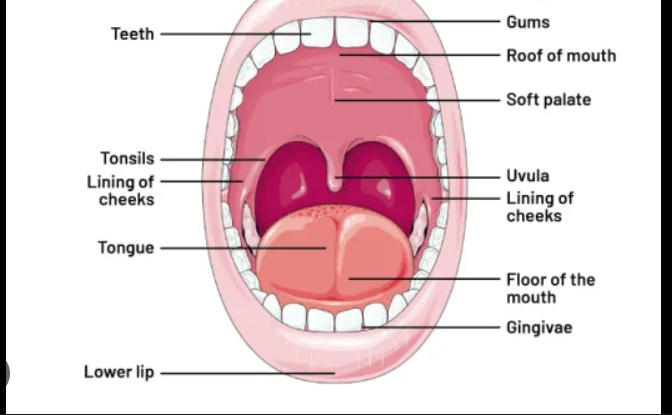
- Sores in the mouth that don’t heal, including on the side of your tongue, floor of your mouth, hard palate, or gums
- Reddened, irritated patches in your mouth.
- Unexplained pain in your mouth.
- Bleeding in your mouth.
- A lump or mass in the neck that you can see or feel that’s not necessarily painful Men might notice this lump while shaving.
- Change in color of your oral mucosa, the inner lining of your mouth.
- Loose teeth without an obvious dental cause
- Sore throat.
- Hoarseness or other voice changes
- Difficulty swallowing.
Diagnosis
An oral cancer diagnosis begins with a physical exam. If a clinician identifies any possible signs, he or she will thoroughly inspect your mouth and feel for lumps on your lips, gums, cheeks, and neck. As part of the exam, your doctor will ask about your medical history, including any symptoms or risk factors you might have.

In addition, the clinician will examine your voice box (or larynx) and the lymph nodes of your neck. People with oral cavity or oropharyngeal cancer have an increased risk of other head and neck cancers, according to Cancer.Net, the patient information website of the American Society of Clinical Oncology. You may undergo an endoscopy exam to better visualize the inside of your mouth and throat.
A biopsy is key to making a definitive cancer diagnosis. Tissue is removed from the abnormal area, such as a mouth sore or neck lump. These cells are examined under a microscope by a pathologist. Testing is done to determine whether a tumor is HPV-positive.
Imaging tests may include X-rays of the mouth or neck. Barium swallow tests, in which you swallow liquid barium during an X-ray, allow doctors to view the oropharynx and evaluate how you swallow. Other diagnostic tests may include CT scans, MRIs, ultrasounds, and PET scans.
Treatments
Surgery, radiation, and chemotherapy are the primary treatments for oral cancer. Treatment options will vary with the type of cancer you have and the extent of the disease. In February 2019, ASCO released new guidelines that focus on differences in treatment of cancer involving the neck depending on whether a patient has oral cavity cancer or oropharyngeal cancer.
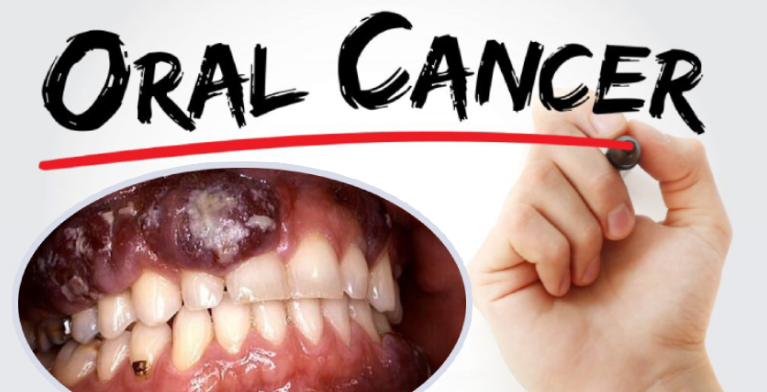
Also read-Endometrial Cancer : A Patient’s Guide To Endometrial Cancer And Its Symptoms
images source: Google
Disclaimer: The opinions and suggestions expressed in this article are solely those of the individual analysts. These are not the opinions of HNN. For more, please consult with your doctor.







